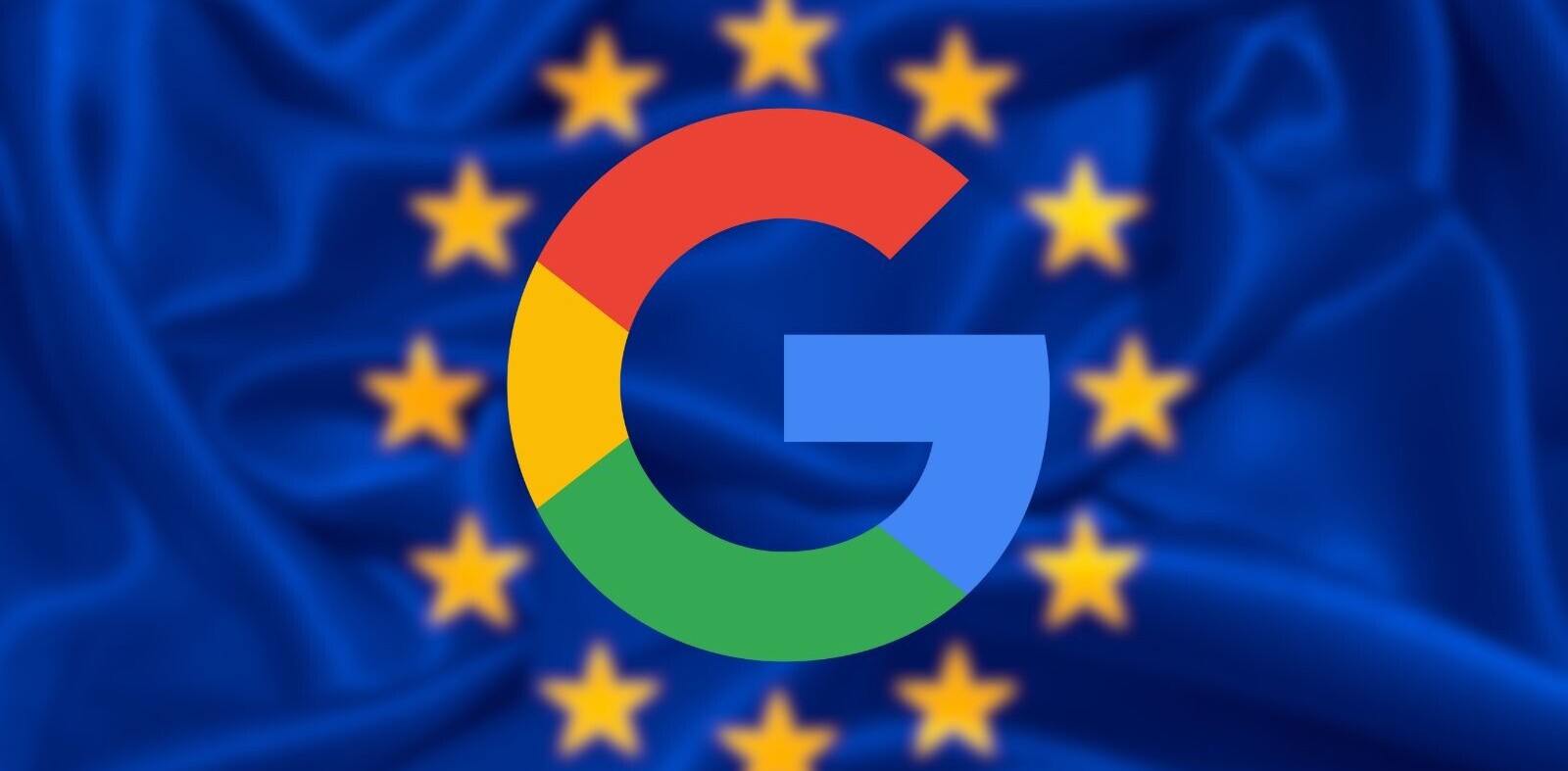
Back in March, we told you about one of Google’s latest products – self-serve consumer surveys. According to Journalism.co.uk, one small US publisher has added a neat $5,000 a month to its revenue, thanks to the product.
In case you missed it, this is how the the service works, available only to US publishers for the time being:
1. You create online surveys to gain consumer insight
2. People complete questions to access premium content
3. Publishers get paid as their visitors answer
4. You get nicely aggregated and analyzed data
Google gets $0.10 per question from market research companies, while online publishers walk away with half of that. Google does place a condition, that if readers don’t want to answer the question, the publisher has to provide an alternative such as signing up for an email alert.
The Texas Tribune is one of about twenty publishers who have signed on to use the service, along with Pandora, AdWeek, The New York Daily News, and others.
The Texas Tribune, however, has actually been using it for the past eight months, long before Google publicly announced it.
The surveys have been placed in the newspaper’s Data section which brings in 60% of the site’s 600,000 unique visitors per month, mostly through search engines. It’s that 60% of the Texas Tribune’s readers, coming in specifically via a search engine, who will see the Google-powered survey.
To gain access to the content they were looking for, readers can either answer one question, or if they choose not to, they can provide their email address, to receive a minimum of one email alert. They are of course left with the third choice of not doing anything at all – but that means no data for them.
Speaking to Journalism.co.uk, the Texas Tribune’s April Hinkle defends the choice saying that readers “have to give to get”, adding, “All the information on our site is free, and we thought this would be a good test.”
Despite what may appear to be a somewhat controversial tactic on the surface, the Texas Tribune hasn’t received any complaints. Most readers don’t seem perturbed by the idea of handing over anonymous data of their own in exchange for data they’re looking for.
Publishers are not the only ones who stand to gain from Google’s product. It provides a cost-effective way for researchers to come by the data they need, and for the end-user – you – it seems like a far more appealing alternative to the increasingly common paywalls used by major publishers.
Unlike paywalls, however, according to PaidContent, it doesn’t take much more than using a Chrome extension like AdBlock to bypass the survey. So while the Texas Tribune’s figures certainly do speak of the potential the product has to bring in money, it certainly may need a tweak or two.
Get the TNW newsletter
Get the most important tech news in your inbox each week.




